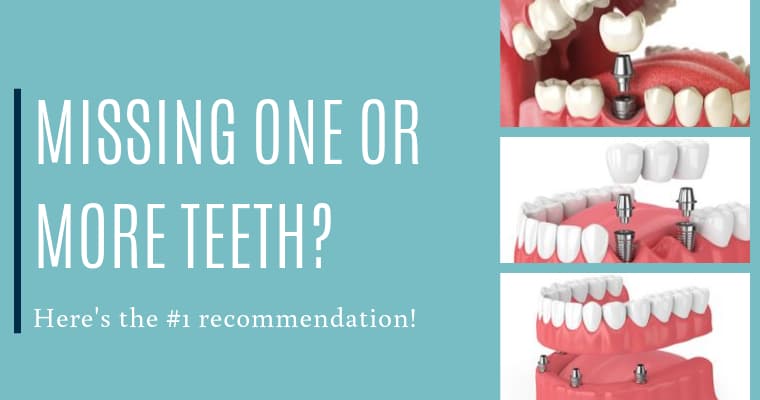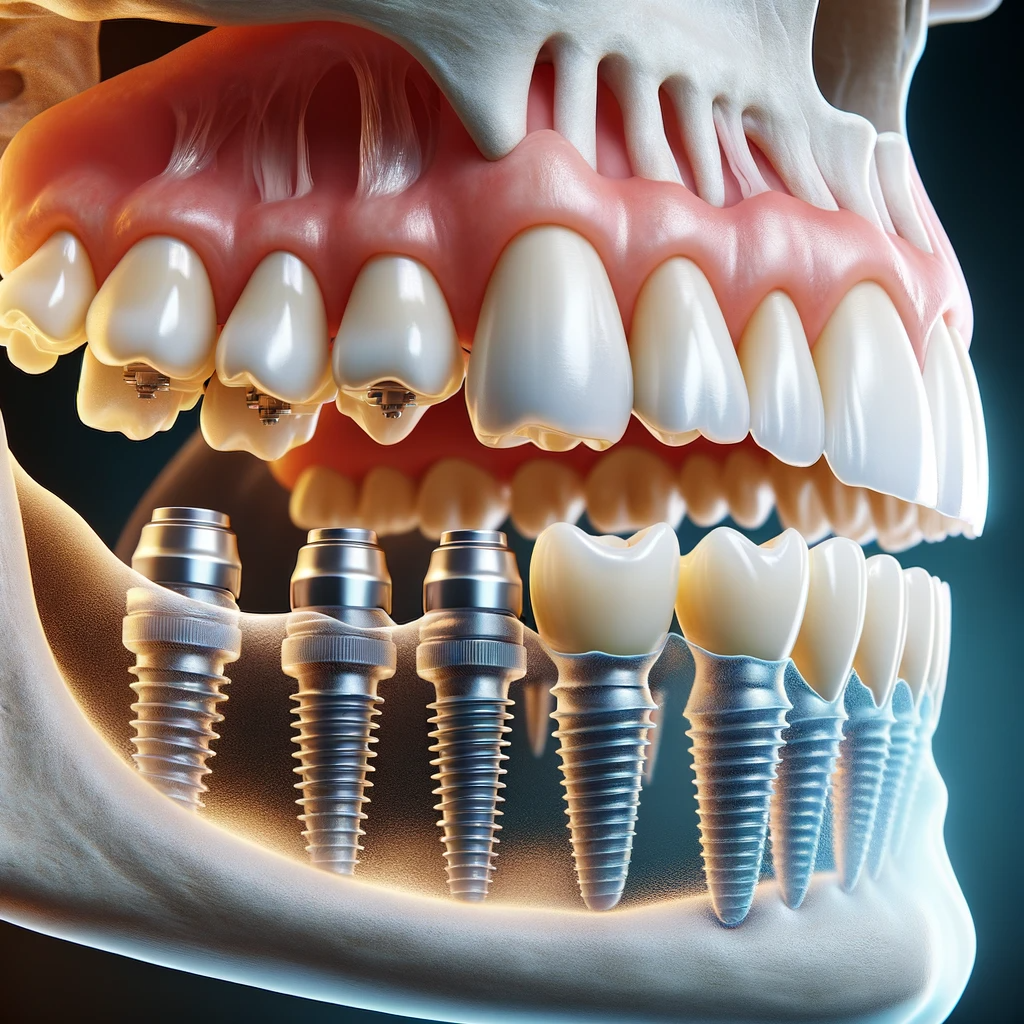Dental Sense for Beginners
Some Known Details About Dental Sense
Table of ContentsThe Single Strategy To Use For Dental SenseMore About Dental SenseAbout Dental SenseExcitement About Dental Sense
are medical gadgets operatively dental implanted into the jaw to restore a person's ability to chew or their look. They provide support for synthetic (phony) teeth, such as crowns, bridges, or dentures. When a tooth is shed due to injury or condition, an individual can experience difficulties such as quick bone loss, faulty speech, or modifications to eating patterns that result in pain.Dental dental implant systems contain an oral implant body and oral implant abutment and might likewise include an abutment addiction screw. Wisdom tooth cavity. The oral implant body is operatively placed in the jawbone in area of the tooth's root. The oral implant abutment is typically affixed to the implant body by the joint addiction screw and expands with gum tissues into the mouth to sustain the affixed artificial teeth
(https://dentalsense1.creator-spring.com)Structure of The Dental Implant System picking oral implants, speak with your oral copyright about the possible advantages and dangers, and whether you are a prospect for the treatment. Things to take into consideration: Your total health is a vital consider establishing whether you are an excellent prospect for oral implants, the length of time it will take to heal, and exactly how long the dental implant may remain in area.
Smoking cigarettes may impact the recovery procedure and decrease the long-term success of the implant. The recovery procedure for the dental implant body may take numerous months or longer, during which time you commonly have a short-lived abutment in place of the tooth. the dental implant treatment: Thoroughly follow the oral hygiene guidelines provided to you by your oral provider.
The Only Guide for Dental Sense
Implant failure can cause the requirement for one more procedure to take care of or change the dental implant system. Recovers the capability to eat Recovers cosmetic appearance Aids maintain the jawbone from shrinking due to bone loss Preserves the health of the surrounding bone and gums Helps maintain adjacent (close-by) teeth stable Enhances top quality of life Damages to surrounding natural teeth throughout dental implant positioning Injury to the surrounding tissues during surgical procedure, such as sinus perforation Injury during surgical procedure (for example, fracture of surrounding jawbone) Insufficient function, such as seeming like the teeth do not bite with each other normally A sensation that the tooth is loosened or twisting in place resulting from a joint screw loosening Implant body failing (looseness of the dental implant body) as a result of systemic infection, which may be most likely in patients with unrestrained diabetics issues because of local infection in bone and periodontals sustaining the implant body because of delayed recovery, which may be a lot more most likely in individuals that smoke Problem cleaning the gums around the implant, causing inadequate dental hygiene Without treatment gum condition Post-surgical pins and needles as a result of nerve impingement or damage Always inform wellness care service providers and imaging technicians that you have dental implants prior to any kind of magnetic vibration imaging (MRI) or x-ray procedures.
FDA is not familiar with any adverse occasions reported for MRI or x-ray procedures with dental implants. Dental implants systems are usually made from products that comply with worldwide consensus standards of the International Organization for Standardization (ISO) or ASTM International. These standards have details of what makes a risk-free product.

An oral implant is a structure that changes a missing tooth. With screw-like gadgets, the cosmetic surgeon inserts a dental implant into the jawbone, and it acts as a support for an artificial tooth, called a crown.
Dental Sense Fundamentals Explained
Some individuals are not qualified for oral implant surgery. It is for dental surgeons to operate on people with: intense illnessuncontrollable metabolic diseasebone or soft tissue illness or infectionIf these issues are fixed, an individual can have the surgical procedure. In, oral specialists avoid running on people with: If individuals with any one of the above go through dental implant surgery, there is a greater threat of the implant falling short.

Dental implant surgery is a tailored procedure. It's not the exact same for every person. The complying with gives a basic summary of what you can expect your dental expert, oral doctor, periodontist or prosthodontist to do: Put the implant surgically. Offer you time to heal. Affix the post and last crown, bridge or denture.
Next, your cosmetic surgeon will thoroughly position the dental implant right into your jaw. If your dental implant is near the front of your mouth, your dental expert will make a temporary tooth for you to put on till you recover.
The Dental Sense Diaries
Your copyright can tell you what to anticipate in your circumstance. Throughout the recovery phase, your jawbone must fuse to the dental implant. This process, called osseointegration, is important for security and long-term success. This process can take anywhere from three to 9 months. In some cases, it may take longer.
Once your dental implant heals, your dental expert can affix the joint (tiny connector post) and your final repair (crown, bridge or denture). This normally takes regarding one hour to complete and may require a 2nd small surgery. pop over to this web-site You should not really feel any pain during your dental implant procedure because your company will make use of drug to numb your periodontals.